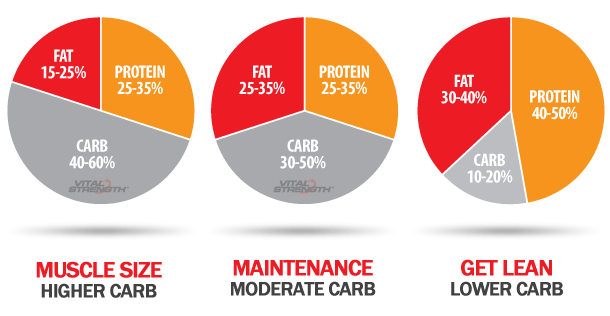
Once the BMR or RDEE is calculated, they are then multiplied by an activity factor to estimate daily caloric needs. The values returned by the calculator are based on two equations for estimating the basal metabolic rate (BMR) or resting daily energy expenditure (RDEE) of a person. The number of calories a person needs to consume on a daily basis is mainly based on a number of factors including height, weight, age, and activity level, along with whether the person wants to maintain, lose, or gain weight. General recommendations from the Dietary Guidelines for Americans for 2015-2020 include entirely avoiding trans fats where possible, limiting saturated fat intake to comprise less than 10% of calories consumed per day, and ideally replacing saturated fats in the diet with monounsaturated and polyunsaturated fats. Generally, saturated and trans fats are considered unhealthy fats, while monounsaturated, polyunsaturated, and omega-3 fatty acids are considered to be healthier, better sources of fat for the body.

In terms of dietary fats, the most commonly referenced fats include saturated fats, unsaturated fats, trans fats, monounsaturated fats, polyunsaturated fats, and omega-3 fatty acids. They are also highly energy dense and are the most efficient form of energy storage.įats are typically classified based on the bonding of carbon atoms. Although fats, in the context of nutrition, are typically viewed as unhealthy, they have both structural as well as metabolic functions, and are a necessary part of the human diet. Common examples include cholesterol, phospholipids, and triglycerides. Too many carbohydrates in the form of sugar (common in processed foods) can have negative health effects, but more complex carbohydrates (from vegetables, fruits, whole grains, legumes, etc.), particularly those that provide dietary fibers, are beneficial, and necessary for the human body.įats are molecules that are comprised primarily of carbon and hydrogen atoms. Polysaccharides such as cellulose cannot be easily metabolized by many organisms, including humans, but can still provide them with valuable dietary fibers, which helps with digestion. Glucose is a monosaccharide and is one of the key sources of energy for humans, as well as other animals. Monosaccharides and disaccharides are often referred to as "simple carbohydrates," while oligosaccharides and polysaccharides are referred to as "complex carbohydrates." Carbohydrates are often also classified based on the number of saccharides that comprise them: monosaccharides, disaccharides, oligosaccharides, and polysaccharides. Sugar is the simplest form of carbohydrate, while starch and fiber are complex carbohydrates. Processed meats (deli meats, sausages, fast-food burgers etc.)Ĭarbohydrates, often referred to as simply "carbs," are compounds that are typically classified as sugar, starch, or fiber.There are also healthier and unhealthier proteins. Although protein is a necessary part of the human diet, as with most things, moderation is important. There also exist protein supplements that are sometimes used by people who are trying to build muscle. There are numerous sources of protein, both animal (meat, dairy, etc.) and plant-based (beans, legumes, nuts, seeds, etc.).

These amino acids are typically referred to as "essential amino acids," and are obtained by humans and other animals through the consumption of protein. Amino acids are essential to a person's well-being, and there are certain amino acids that can only be obtained through diet. Proteins are organic compounds comprised of amino acids, and are one of the types of macronutrients. While macronutrients are necessary daily in amounts on the order of grams, humans typically only need fewer than 100 milligrams of micronutrients each day. Micronutrients are another essential part of human nutrition and consist of vitamins and dietary minerals such as Vitamin A, copper, iron, and iodine. In this calculator, we only calculate daily carbohydrate, protein, and fat needs. Some definitions also include water, air, calcium, sodium, chloride ions, and some other substances, along with more typical macronutrients, since they are needed in large quantities by the human body. Specifically, they refer to carbohydrates, proteins, and fats. In the context of health and fitness, macronutrients are most often defined to be the chemical compounds that humans consume in large quantities that provide bulk energy. Related: Carbs Calculator | Protein Calculator | Fat Intake Calculator


 0 kommentar(er)
0 kommentar(er)
